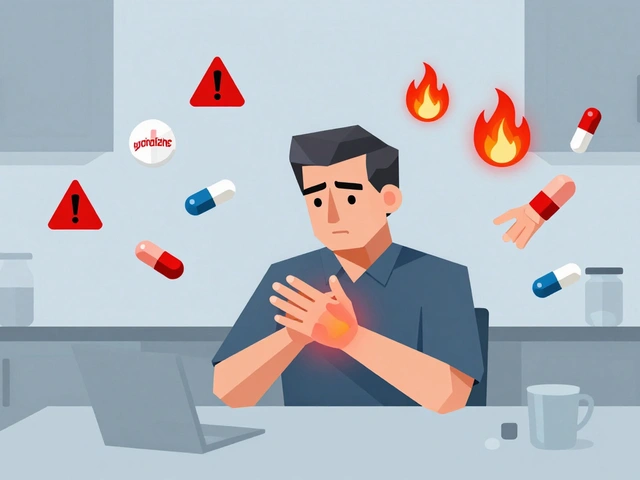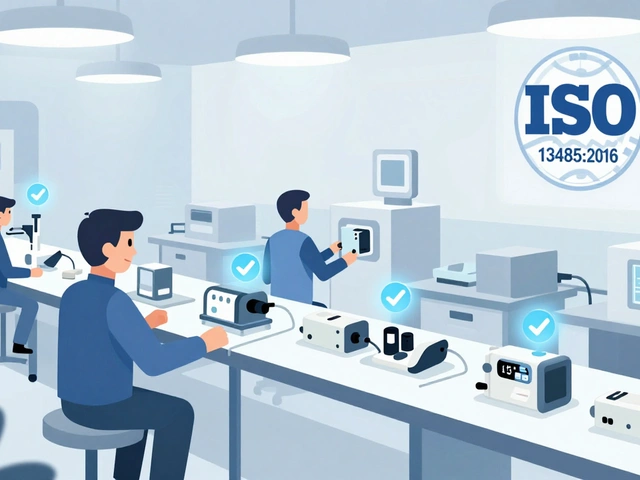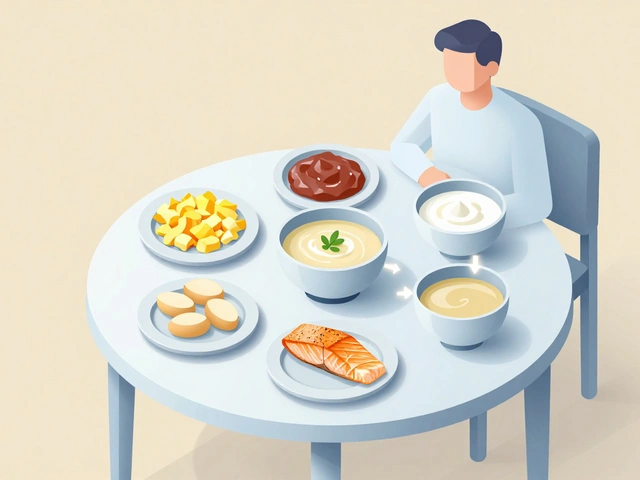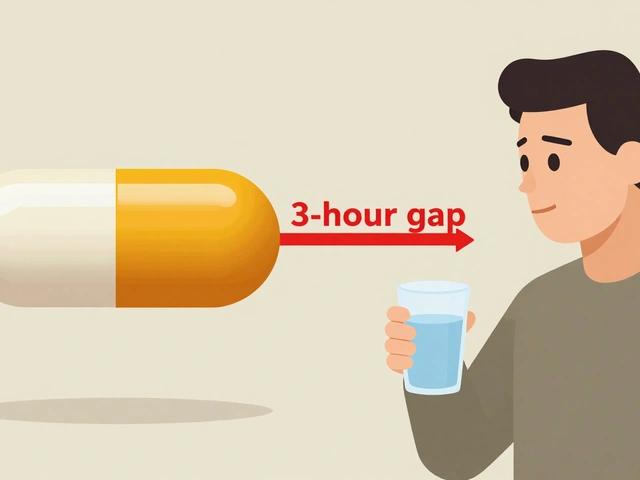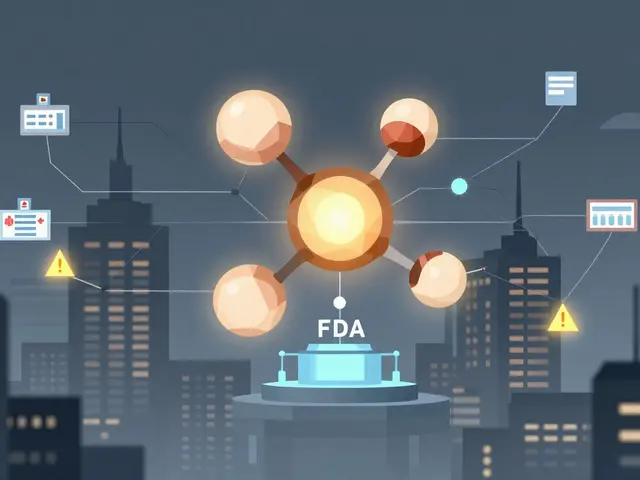High blood pressure medication: what works and what to watch for
Starting blood pressure medicine raises a lot of questions: which drug, what side effects, and how to stay safe. This short guide breaks down the common drug classes, gives clear tips for taking them, and tells you when to call your doctor.
Different medicines lower pressure in different ways. Knowing the basics helps you understand why your doctor chose a particular pill and what signs to monitor at home.
Main drug classes and what to expect
ACE inhibitors (like lisinopril) relax blood vessels. They’re often used when someone has diabetes or kidney concerns. Watch for a dry cough or a rare but serious swelling of the face or throat—report that immediately.
ARBs (such as losartan) work similarly to ACE inhibitors but usually don’t cause cough. They’re a common alternative if an ACE inhibitor didn’t agree with you. Check kidney tests and potassium levels while on these.
Beta blockers (for example metoprolol, sold as Toprol) lower heart rate and reduce the heart’s workload. They’re useful after heart attacks or for certain arrhythmias. Expect tiredness at first and tell your doctor if you have breathing problems or very slow pulse.
Calcium channel blockers (like amlodipine) ease vessel tension and can help with chest pain. Common effects include swelling of the feet or lightheadedness. They’re often combined with other drugs.
Diuretics (thiazides such as hydrochlorothiazide) remove extra fluid and salt. These are inexpensive and effective for many people. Watch for increased urination, low potassium, or dizziness. Your clinician may check electrolytes and kidney function.
Alpha-blockers (for example terazosin) can lower blood pressure and ease urinary symptoms for men with prostate enlargement. They can cause sudden lightheadedness when standing up—get up slowly and avoid driving right after the first dose.
Practical tips: taking meds, monitoring, and safety
Take your medicine at the same time every day. If you miss one dose, don’t double up—take the next dose as scheduled or check with your provider. Use a pill box or phone reminder if you forget.
Home blood pressure monitoring helps track how well a drug is working. Aim to measure at the same time each day, sitting quietly, and bring readings to appointments. If home readings are consistently high or you see very high numbers (usually above 180/120), seek urgent care.
Meds can interact with other prescriptions and supplements. Always tell your doctor about everything you take. If your treatment causes unpleasant side effects, don’t stop suddenly—ask your clinician about switching or a safe taper.
Thinking of buying meds online? Use licensed pharmacies that require a prescription. Avoid sites that promise ridiculously low prices without a doctor’s script. Safety matters more than a quick discount.
Blood pressure control often needs a mix of medicine, diet, exercise, and sleep. Small changes—cutting salt, moving more, and managing stress—can boost medication effects and lower your dose over time. Talk with your clinician about a plan that fits your life.
Discover the top five alternatives to Chlorthalidone for managing hypertension and edema in 2025. Explore the benefits and downsides of Hydrochlorothiazide, Lisinopril, Amlodipine, Doxazosin, and Clonidine. This guide provides practical insights, helping you make informed decisions about your treatment options.
Continue reading...


